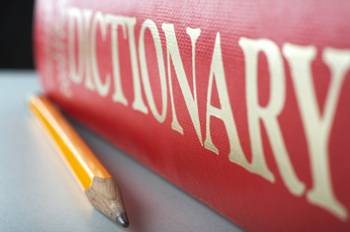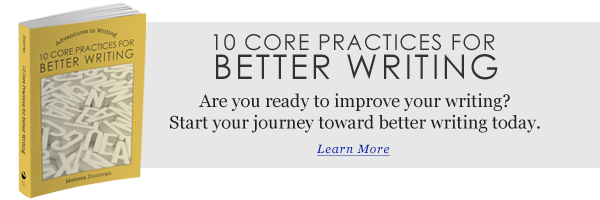There’s a number of confusion about that and which. These two phrases are sometimes used interchangeably, though they’re not essentially interchangeable.
Traditionally, that and which might have carried the identical which means, and a few English dialects might permit for that and which to be swapped with out affecting the which means of a sentence.
Nevertheless, in American English, the grammar guidelines supply a definite distinction between the 2 phrases. By the point you’re executed studying this submit, you’ll absolutely perceive the distinction between that and which, and also you’ll be capable to use each phrases appropriately.
That and Which
As with most grammar guidelines, there are exceptions and exemptions from the usual methods that and which must be utilized in a sentence. To realize understanding of complicated phrase pairs, it’s all the time greatest to start out with the fundamentals. As we have a look at the way to correctly use that and which, we’ll give attention to easy, commonplace utilization.
That and which might be categorized into a number of completely different components of speech. Each phrases can perform as adjectives and pronouns. Moreover, that can function a conjunction and as an adverb. In the present day, we’re how that and which must be used when they’re working as relative pronouns.
Relative Pronouns
From Wikipedia: “A relative pronoun is a pronoun that marks a relative clause inside a bigger sentence. It’s known as a relative pronoun as a result of it pertains to the phrase that it modifies.”
Like adjectives and adverbs, relative pronouns modify different phrases. Adjectives modify nouns:
- I’ve a automobile.
- I’ve a purple automobile.
Adverbs modify verbs:
- I’m strolling.
- I’m strolling rapidly.
The principle distinction between adjectives and adverbs is that adjectives normally modify issues (nouns) whereas adverbs normally modify actions (verbs). Relative pronouns additionally modify phrases, however they typically achieve this as clauses moderately than as single, descriptive phrases. Within the examples under, the clauses are italicized.
- Convey me the bucket.
- Convey me the bucket that has apples in it.
- The bucket, which has apples in it, is blue.
The distinction between the phrases that and which and the way they’re used as relative pronouns depends upon whether or not the clause they belong to is restrictive or nonrestrictive.
Restrictive and Nonrestrictive Clauses
Restrictive Clauses Are Crucial
A restrictive clause is critical to the which means of a sentence. For instance:
- I would like the bucket that has apples in it.
If you happen to eliminated the clause “that has apples in it,” the which means of the sentence can be misplaced. No one would know which bucket the speaker desires. The clause is critical to the which means of the sentence and is due to this fact a restrictive clause. As a result of it’s a restrictive clause, it ought to take the relative pronoun that.
Nonrestrictive Clauses are Pointless
A nonrestrictive clause shouldn’t be essential to the which means of a sentence. Actually, it may be faraway from a sentence with out affecting its which means. For instance:
- The bucket, which is blue, has apples in it.
- There are apples within the bucket, which is blue.
If you happen to eliminated the nonrestrictive clause “which is blue,” from both of the sentences above, the which means of the sentences wouldn’t be misplaced. We’d nonetheless know that the bucket has apples in it. Word that within the second instance, the nonrestrictive clause provides details about one thing that has already been recognized. As a result of the clause is pointless to the which means of the sentence, we all know it’s a nonrestrictive clause, and due to this fact ought to take the relative pronoun which.
- Use that earlier than a restrictive (vital) clause.
- Use which earlier than a nonrestrictive (pointless) clause.
The Simple Option to Keep in mind the Distinction Between That and Which
I Wanted That
If you happen to want the clause to take care of a sentence’s which means, then use that. A fast trick for remembering this grammar rule is the phrase “I wanted that.”
Which?
As a result of which can be an interrogative pronoun used to mark questions, it’s questionable. You may take it or go away it. It’s not vital. Consider the phrase which with a query mark (which?) to remind your self that if the clause’s presence is questionable and might be eliminated, then it is best to use the phrase which to introduce the clause.
Exceptions and Notes
Listed below are some exceptions and notes to those guidelines:
- Which can be utilized restrictively when it’s preceded by a preposition. For instance, “The bucket by which the apples have been saved is blue.”
- Which is nearly all the time preceded by a comma, parenthesis, or a splash.
- In British English, there’s little distinction between that and which.
Has this text helped make clear any questions you’ve had about grammar guidelines? Do you’ve some other questions on that and which? Do you’ve any tricks to share for remembering the way to use these two phrases? Go away a remark.
Sources (aff hyperlinks):

